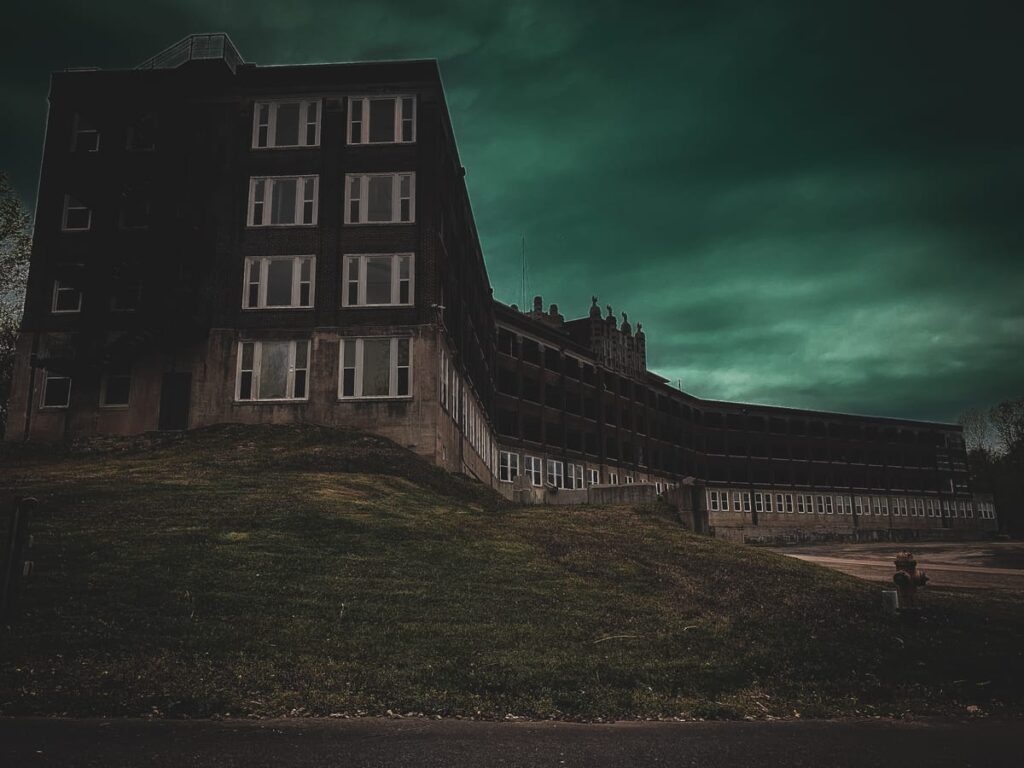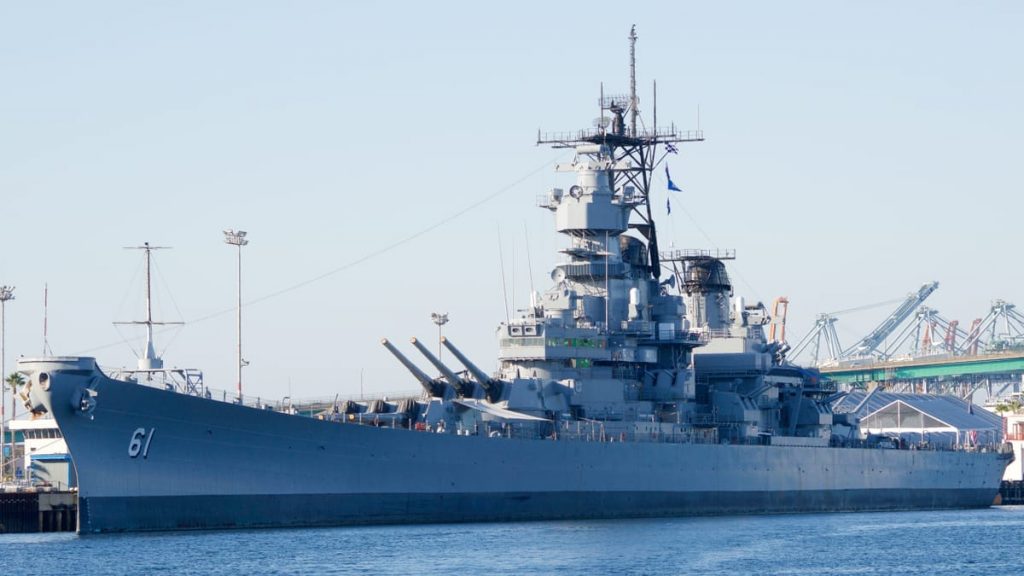
The USS IOWA Museum
This battleship-turned-museum is reportedly haunted by phantom sailors from its World War II past
Ghostly Happenings at
The USS Iowa Museum
- Reports of footsteps and hammering sounds have been reported from Turret No. 1
- Turret No. 2 is reportedly haunted by the sailors who died there in a 1989 explosion
- Visitors have recorded possible EVPs during tours
- A helpful spirit named 'Chief' has reportedly helped workers and visitors avoid falls and other accidents on board
- Workers tools are known to go missing and reappear in odd places
- Security guards report the sound of parties going on below deck at night, only for none to ever be taking place
- Tour guides report sailor-shaped shadows appearing, and sometimes even pursuing them through tours
Timeline of The USS IOWA Museum's History
Swipe or use timeline points to see The USS IOWA Museum through the years
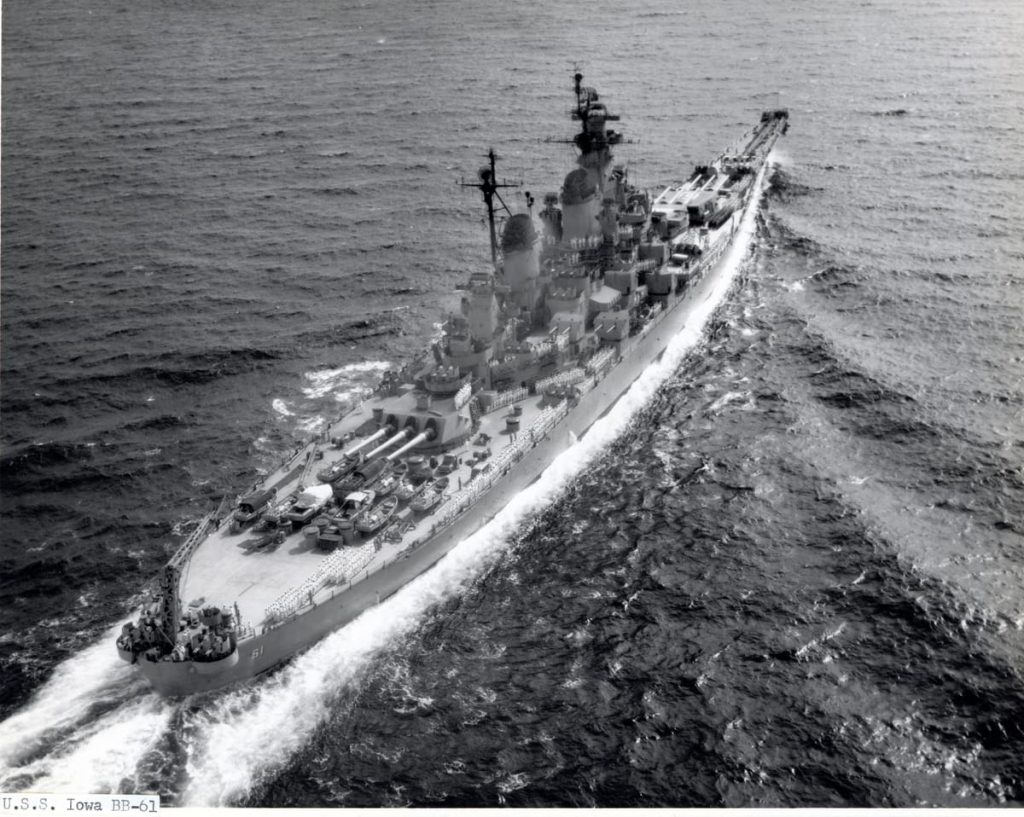
1943
The USS Iowa was built as the lead ship of the final class of US Navy battleships, the Iowa-class. Commissioned in 1943 during World War II, USS Iowa’s naval capabilities were designed for maximum speed and maneuverability. She was developed to catch the fastest Japanese capital ships and outmatch their firepower. But, before entering the Pacific theater, USS Iowa ferried President Roosevelt to the Tehran Conference in late 1943. Due to Roosevelt’s disability, a bathtub had to be built for him on the ship; it remains in place today.
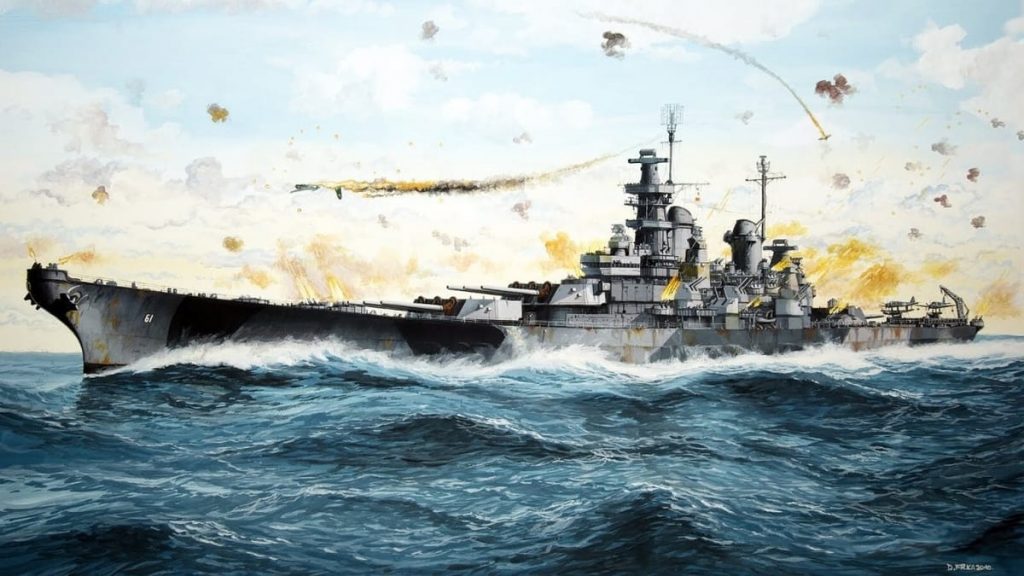
1944
USS Iowa’s time in the Pacific began in early 1944, and she quickly became heavily involved in combat operations by supporting aircraft carriers as they made numerous strategic airstrikes in the region. She also protected carriers and supported airstrikes of the major Japanese base at Truk Atoll. Over the following months, USS Iowa supported attacks on Saipan, Guam, the Marshall Islands, and the Palau Islands.
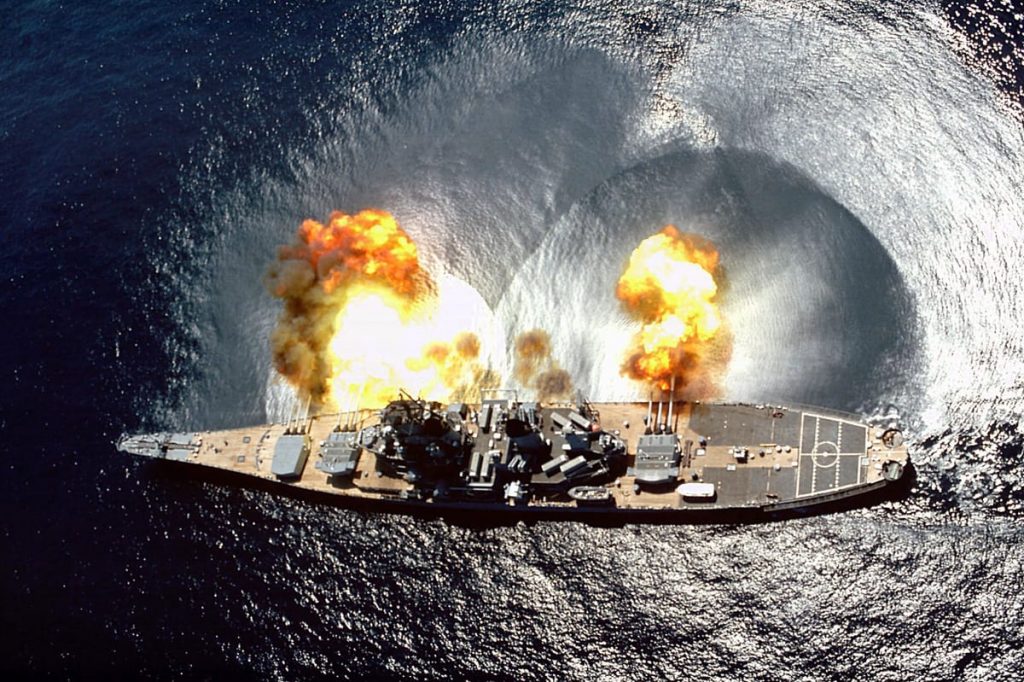
1945
In early 1945, she provided support to carriers and ground troops fighting for the pivotal outpost on Okinawa. And, in August of that year, she joined one of her sister ships in advancing into Sagami Bay to accept the surrender of the Yokosuka Naval Arsenal, bringing a formal end to her time in World War II. But, though the war had ended, USS Iowa’s life was far from over.
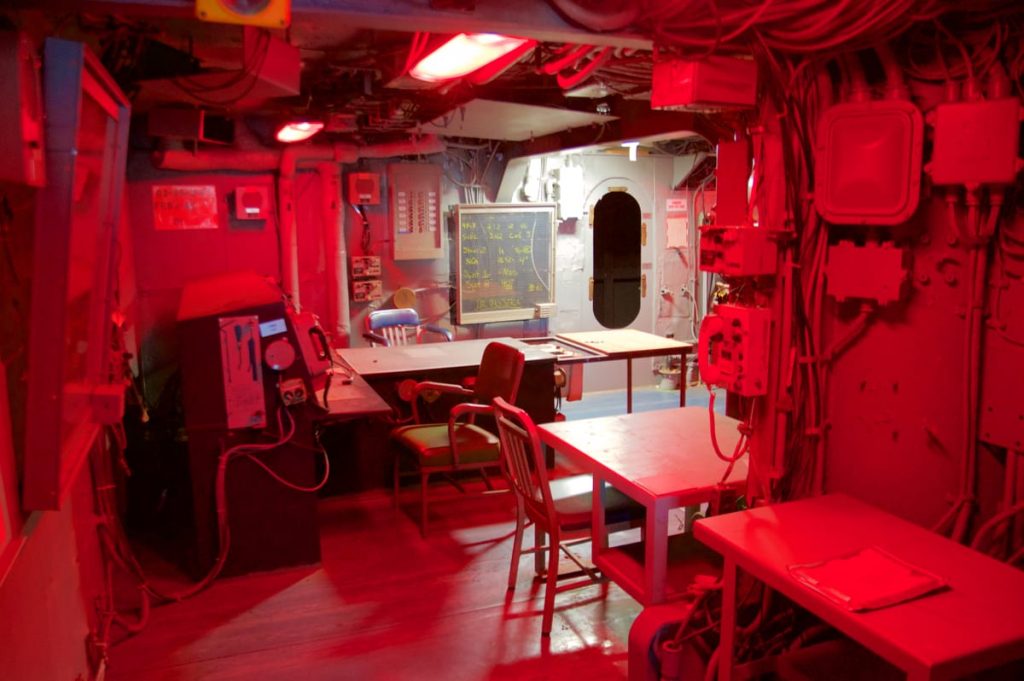
1950
A few short years after conquering the Pacific theater, USS Iowa and her class of battleships were thrown into the thick of the Korean War. She proved incredibly effective at crushing North Korean supply lines and infrastructure by shelling rail lines, road tunnels, factories, and warehouses with great accuracy. Along with her constant elimination of enemy infrastructure, USS Iowa provided necessary support to her naval cohorts, taking on wounded soldiers from other ships and saving crashed plane and helicopter pilots from water landings.
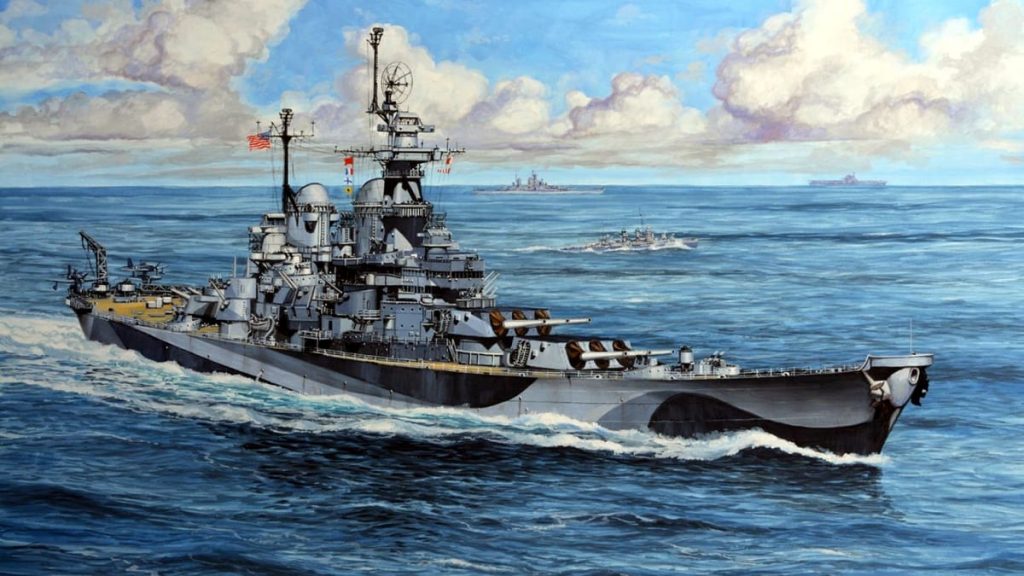
1980
After the Korean War ended, USS Iowa lived a dignified life of retirement, serving as an at-sea training vessel and participating in NATO military exercises in the following decades. But, her retirement was cut short in the 1980s when President Regan recommissioned the entire Iowa-class fleet as part of his effort to create a new 600-ship super Navy, during which the USS Iowa was heavily modernized and prepared for a new age of warfare.
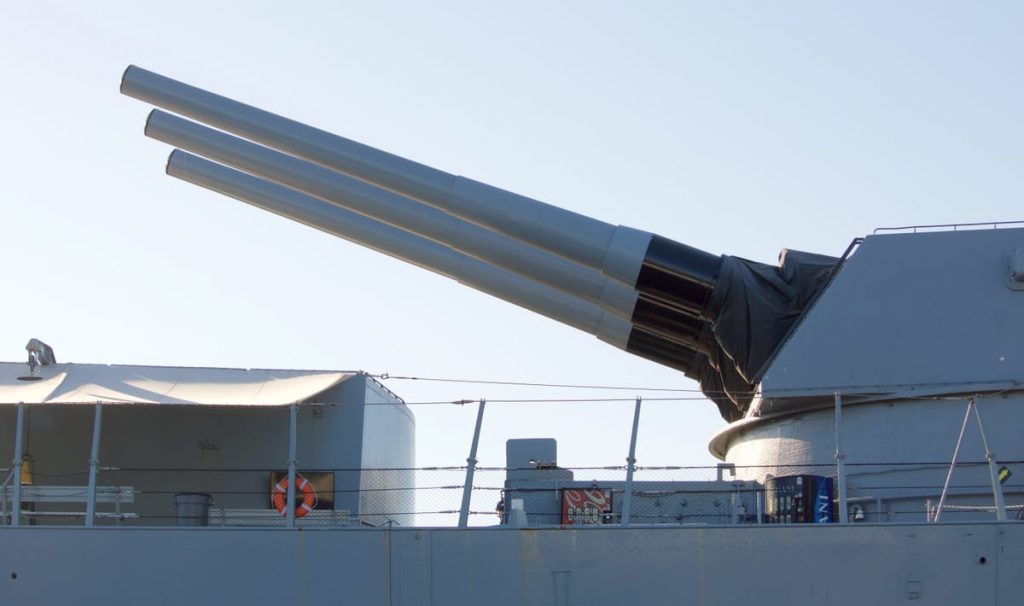
1989
Tragedy struck in 1989 when one of USS Iowa’s 16-inch gun turrets exploded, killing 47 crewmen. Between that and the collapse of the US’s greatest adversary, the Soviet Union, the USS Iowa was transferred to the naval reserves in the early 1990s. She sat quietly there until she was chosen for a museum ship conversion. She was permanently moored in the Port of Los Angeles in 2012 and has been a museum ever since. But, in her time as a tourist attraction, USS Iowa has gained a reputation as a museum where exhibits come hauntingly to life.
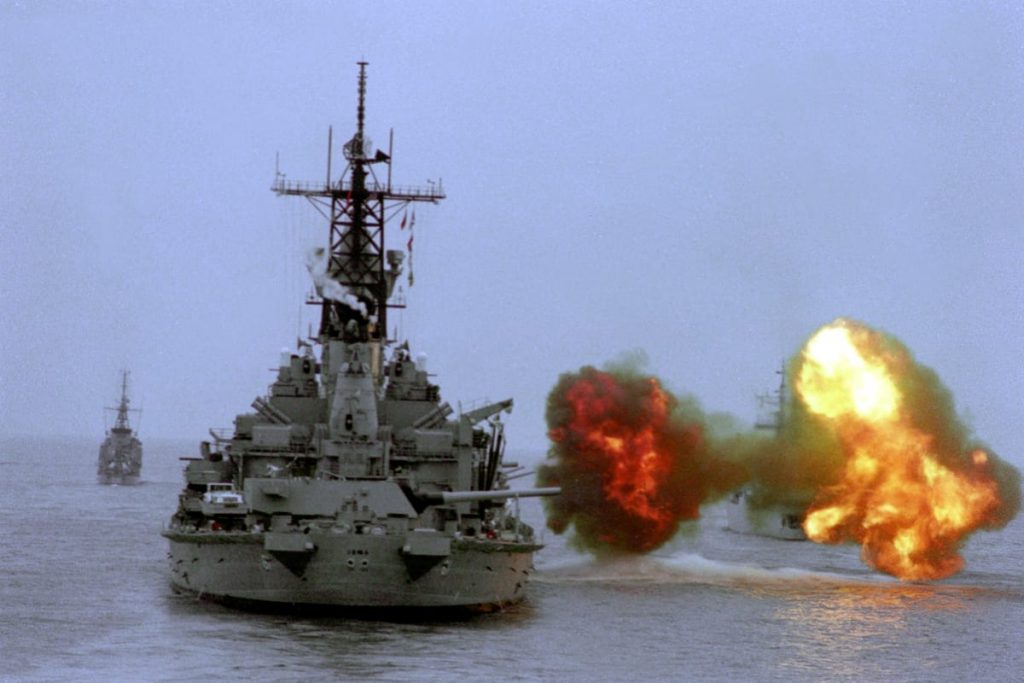
The USS Iowa Museum’s Terrifying Turrets
Ghost stories permeate through every deck of the USS Iowa and have persisted since the ship was still in active duty. A news article from 1989 shared stories from Iowa’s sailors about turret #1 and its phantom footsteps and unexplained sounds of hammering in the middle of the night.
Shortly after the tragic explosion that same year, similar stories of hauntings came from turret #2, the source of the deadly blast.

Chief & Clayton: The USS Iowa Museum’s Resident Ghosts
Some say gunner’s mate Clayton Hartwig, who the government tried to blame for the 1989 explosion despite scant evidence, now haunts the turret where he died. During USS Iowa’s conversion to a museum ship, workers commonly reported tools going missing or being moved to odd places, with some calling it the work of Hartwig’s haunting.
Another report is that a restoration worker was saved from falling off a ladder by a ghostly hand. This helpful spirit has reportedly been encountered multiple times and has been given the nickname “Chief.”
Shadowy Sailors Aboard The USS Iowa Museum
Stories of hauntings over the years have brought numerous paranormal enthusiasts to the museum ship hoping for a paranormal encounter. Visitors to the museum have reported seeing shadows march through the decks, and some have even come away with possible EVPs taken from recordings of their tours.

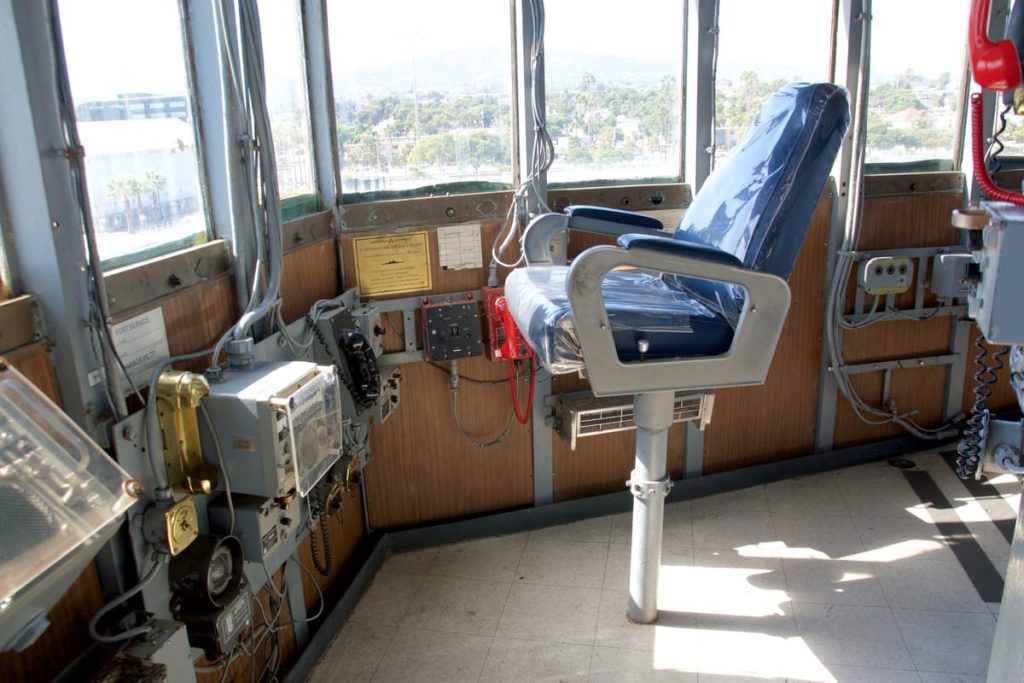

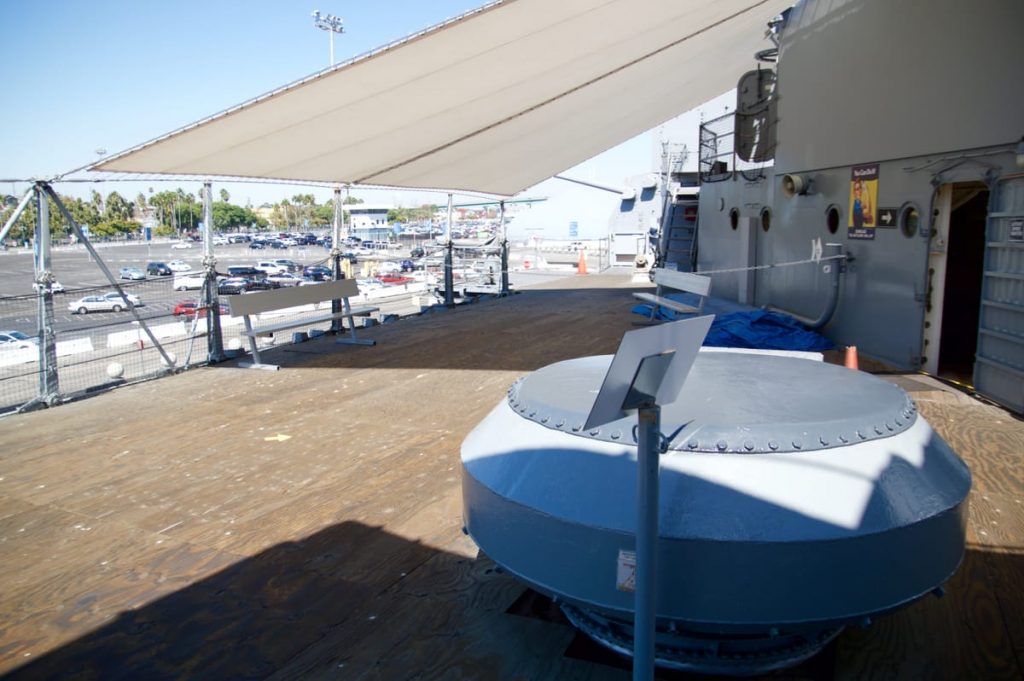
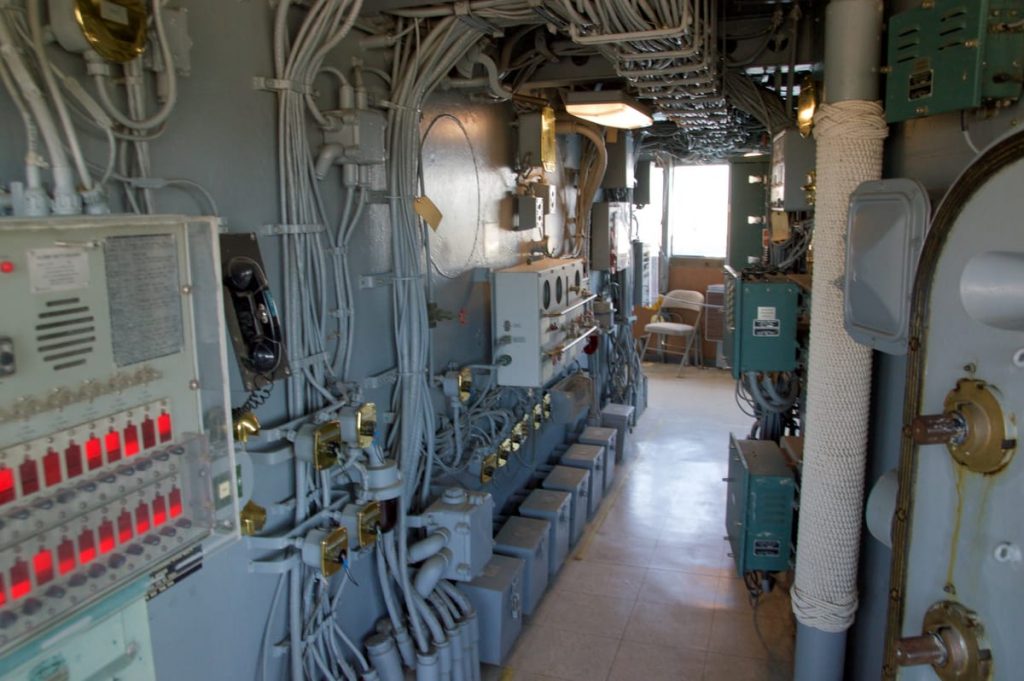
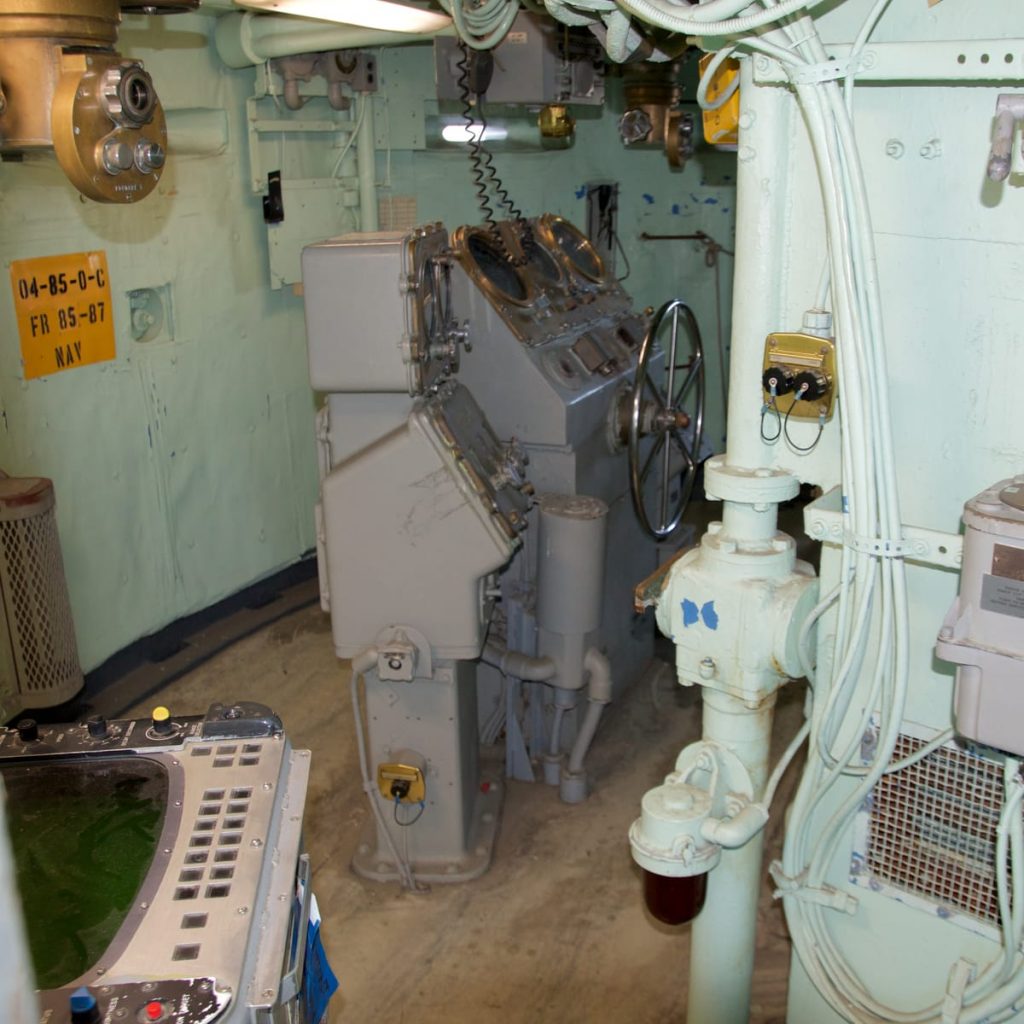
Volunteers on the ship have reportedly seen shadowy sailors while giving tours, and some have even been pursued through the ship by these mysterious figures, only to have them disappear in an instant.
Night security guards have commonly heard sounds that resemble below deck parties going on, only to find no trace of any revelers when they descend below decks to investigate.

The USS Iowa Museum:
Still Leading the Pack
Today, the entire Iowa-class of ships, including the USS Iowa, New Jersey, Missouri, and Wisconsin, are preserved as non-profit museum ships at different ports across the United States.
You are able to visit any or all of them. But, no other has quite the uniquely tragic and haunted history like the USS Iowa.


